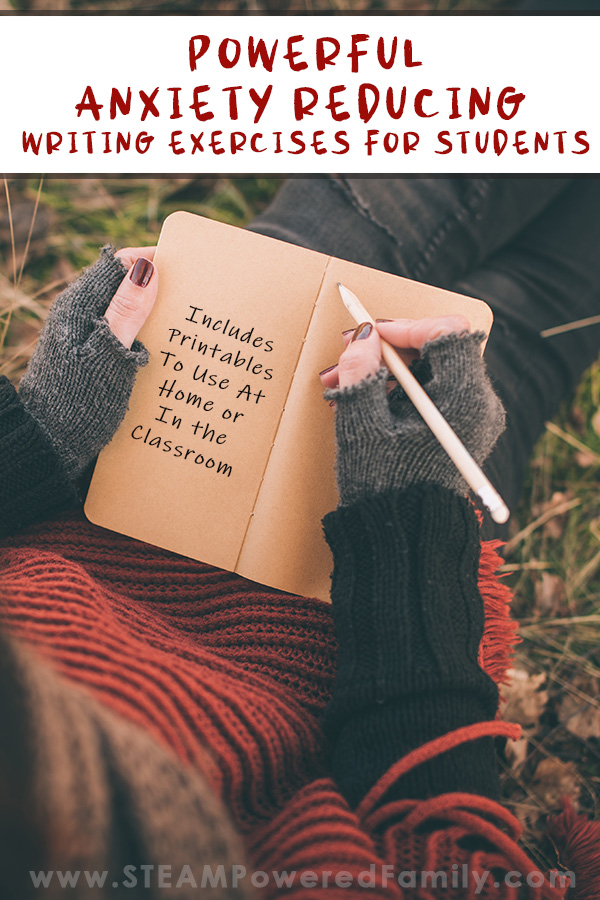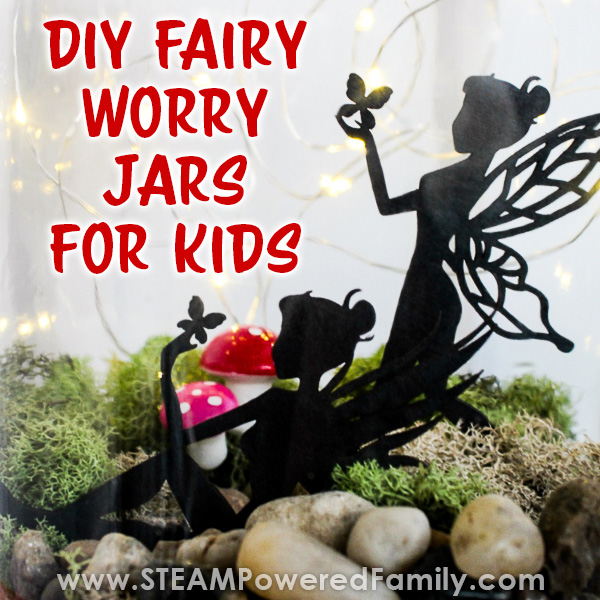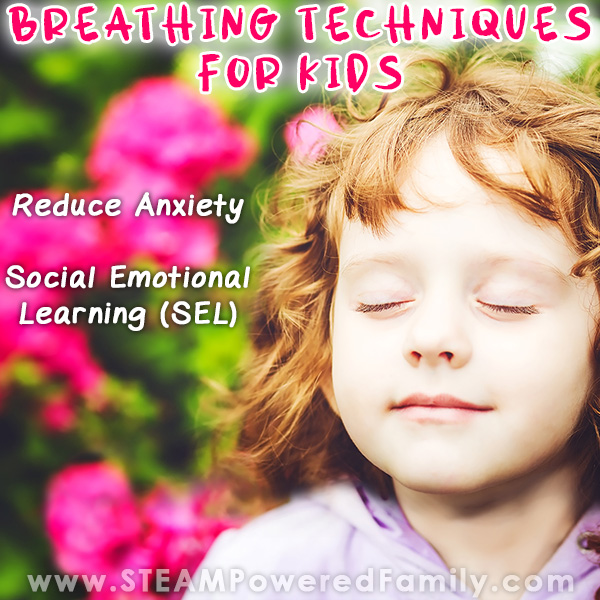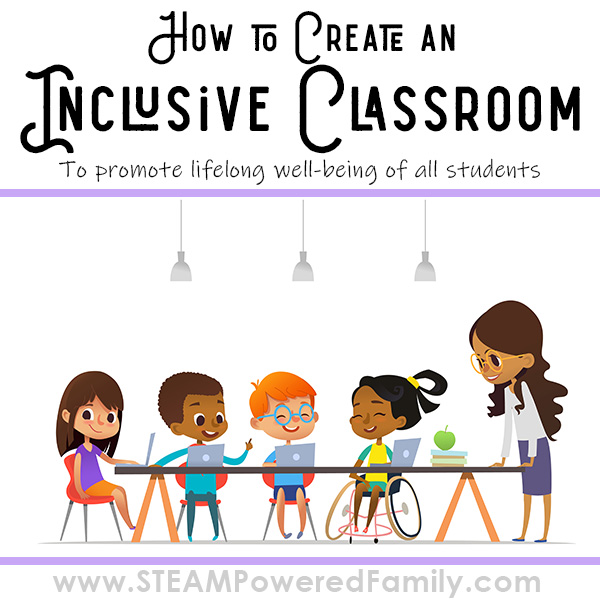Anti-Anxiety Writing Exercises for Kids
It’s safe to say that children’s mental health and well-being are on the forefront of our minds and hearts. In the classroom and at home, anxiety levels are at an all time high for students, plus teachers and parents. There are so many changes, so many unknowns, it is triggering for many people of all ages. Students in particular may be feeling especially vulnerable, stressed, unsure and anxious. One tool teachers and parents can use to help kids with anxiety is breathing. Another is to use powerful writing exercises that help reduce student anxiety and stress.
Reducing Student Anxiety with Powerful Writing Exercises
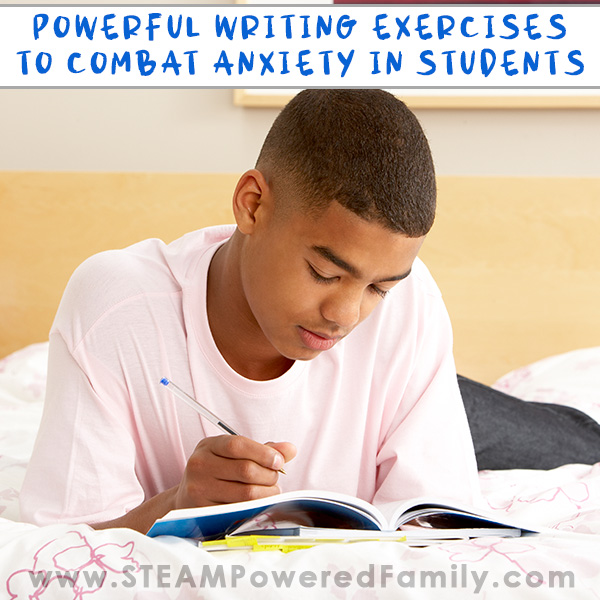
Disclaimer: This article may contain commission or affiliate links. As an Amazon Influencer I earn from qualifying purchases.
Not seeing our videos? Turn off any adblockers to ensure our video feed can be seen. Or visit our YouTube channel to see if the video has been uploaded there. We are slowly uploading our archives. Thanks!
For teachers and parents, it’s likely that you will have kids with some history of adverse childhood experiences (ACEs) that may result in mental health struggles. It is estimated that 20 to 50% of students have experienced adverse and traumatic experiences in the USA. Those numbers could be even higher with the events of 2020.
You may be wondering how you can help them cope with these issues, and there are many avenues you can take whether you are teaching in a classroom or homeschooling.
Different modes of writing can help people of any age process their internal and external struggles and deal with them in healthier ways.
By implementing these Writing Exercises to Reduce Classroom Anxiety, you can help your own students or children experience the benefits first-hand. These activities are also beneficial because they help strengthen the bond of trust between yourself and the young people in your classroom or life. And building strong connections is one of the best ways to help foster resiliency and healing from trauma.
Children’s Mental Health Writing Activities Printable
Although you can do these activities in any notebook, I feel so strongly about the importance of these exercises that I have created a printable pack that includes activity sheets for all of these exercises.
My intention was to make this pack as inclusive as possible. As such you will notice it includes face images of children from a variety of cultures for the Happy Brain/Worry Brain challenge. Let your children pick which face image they wish to use for this project. There is no wrong answer.
For the pages of What I Wish My Teacher Knew cards, I have also provided cards with What I Wish _____ Knew. This way kids can fill in the blank with the name of the person they wish. This can make the cards more effective for use outside of the classroom.
This 26 page printable pack is available free to all STEAM Powered Family Mailing List Members. You can join here and unlock it.
Happy Brain/Worry Brain Activity
Grade Level: Pre-K-6th
Children who have not yet mastered the ability of fully expressing themselves through writing can sometimes experience frustration being able to relay their thoughts and feelings. The Happy Brain/Worry Brain writing activity is a simple way to help elementary-age students acknowledge anxiety and begin to talk about it.
First, talk with your children about thoughts you have that make you anxious or worried. Ask them what some of their worries are, and how much time they think they spend dwelling on them. Letting them know that adults have worries too can help validate their feelings.
Next, have students draw self portraits. On one side, have children draw or write what makes them worry versus things that make them happy. They can make the words or images BIG if they spend a lot of time worrying about them. Smaller words and images can be if those things don’t make them as anxious.
Have students that struggle with handwriting or have dyslexia or dysgraphia cut out symbols or words that express what they’re feeling. Work with them to add their feelings to the template.
Finally, engage and talk with your children and students one-on-one. Ask clarifying questions and let them know that you can empathize with what they’re thinking and feeling.
Journaling
Grade Level: K-12
Journaling is an excellent method for reducing classroom anxiety. It allows students to identify what exactly is causing feelings of anxiety by putting it down on paper. This not only helps them cope with what’s bothering them, but it also helps give them a sense of control over their emotions.
Encourage your students to bring a composition notebook to their lessons. Every day, have your students write in their journals for a portion of the class period. Provide a variety of prompts for them, but also allow them to simply free-write about whatever they choose to. For younger grades, give them a starter sentence. For example, “I feel worried or sad when. . .”
Always journal WITH your students. This isn’t a time for you to catch up with other tasks, however tempting that might be. Sitting in that moment with them and letting them see that you value the process and put your mental health first too is incredibly impactful.
For students that struggle with writing, consider a video journal. Students can simply upload their daily journal message by speaking their feelings into a Flipgrid using a phone, tablet or computer. You can change the settings to make sure you are the only one that sees the video journals. This is a great accommodation for students with dysgraphia and one my own dysgraphic son has really embraced.
I Wish My Teacher Knew
Grade Level: K-12
When third-grade teacher Kyle Schwartz had her students complete this simple writing activity, she probably didn’t know it would have a nationwide impact. This is one of the most powerful exercises you can implement in your classroom. It also has the potential to directly address and reduce anxiety within the classroom on a drastic level.
Introduce this activity by showing students a video of responses from other children across the United States. Preview each one first, as some of the submissions may not be appropriate for younger grades.
Then, simply write, “I wish my teacher knew. . .” Parents can use “I wish my parent knew. . .” and ask the students to finish with whatever they wish.
The best way to have students answer is on an index card or paper. I would suggest doing this activity at the end of class, as it can be an emotional process. Choose a quiet time and place to sit down with their answers (there may be some tears involved!)
This project is such a powerful tool for lowering anxiety levels. It gives your students a voice and makes them feel like valued members of your classroom community. They show that they trust you with their thoughts and emotions, and for some, it may be the serious cry for help they’ve been wanting to give for a long time.
Ensure your students put their names on the back of the paper so you can respond. Write back to each of your students, either on the back of their notecard or on a separate piece of paper. A few sentences in response lets them know you see what they’re going through and support them.
Just like the original project, students that struggle or have a writing disability like Dysgraphia can use Flipgrid to present their own “I Wish My Teacher Knew” video. They may also have a conversation about their thoughts and feelings directly with you if they feel comfortable.
Worry Jars
Grade Level: K-12
Worry Jars are a powerful tool to help children process their anxiety and worries.
The exercise involves writing out your worries on pieces of paper, and placing them in a jar.
The physical act of putting the worries in the jar helps kids think of setting their worries aside for a bit. But they can pull those worries back out any time they wish. And sometimes when you come back to those worries, and take them back out of the jar, they don’t seem as important or as big later on.
Our favourite Worry Jar project is our Fairy Worry Jars. It’s a gorgeous craft project that students can take a lot of pride in, plus it adds a magical twist that helps some students cope more effectively with their anxiety and worry.
Writing Activities to Reduce Classroom Anxiety
These writing activities are broad enough to fit many different grades and subject areas, but the beauty is that you can customize them to fit your specific teaching styles and preferences. I truly believe that once you implement these Writing Exercises to Reduce Classroom Anxiety, your students will benefit in more ways than one.
